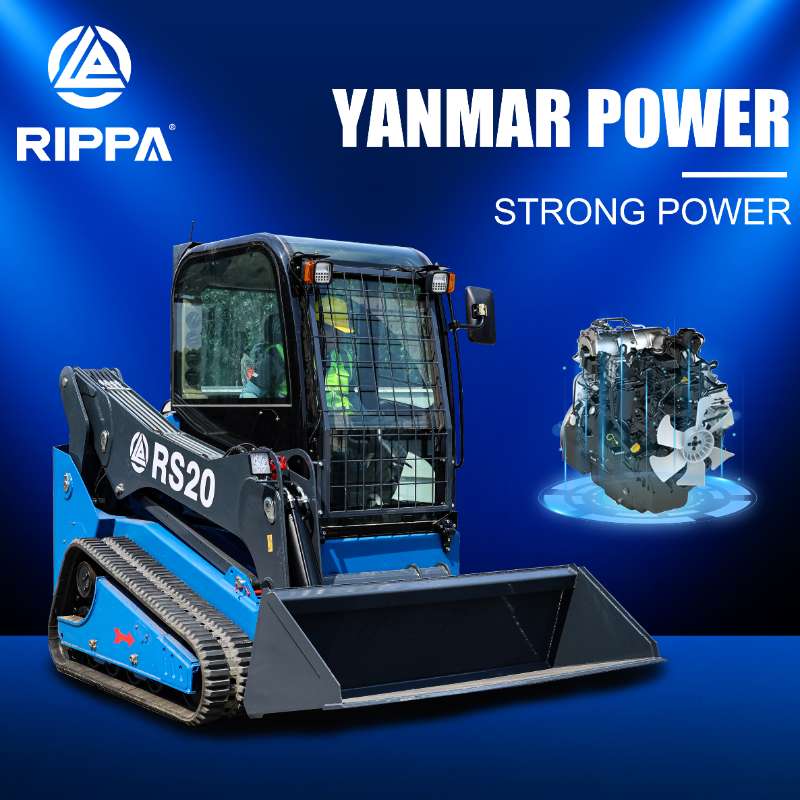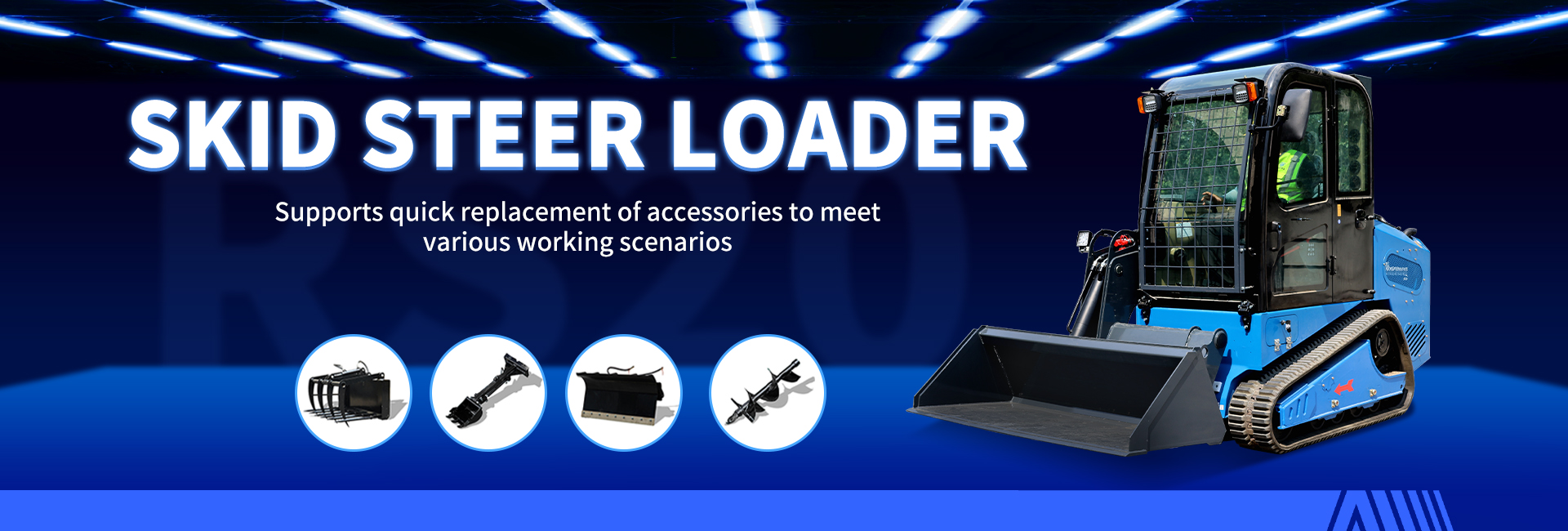Skid Steer Loader Maintenance: Essential Tips
Essential Maintenance Tips for Skid Steer Loaders
Maintaining your skid steer loader is crucial for ensuring its longevity and optimal performance. Whether you’re using a mini skid steer or a full-sized model, regular upkeep can prevent costly repairs and downtime. In this article, we’ll explore essential maintenance tips that will keep your machine running smoothly.

A skid steer loader is a versatile piece of equipment used in construction, landscaping, and agriculture. Known for its maneuverability and compact size, the skid steer can handle a variety of tasks with different attachments. Proper maintenance can extend the life of your skid steer, making it a valuable asset for years to come.
Why Maintenance Matters
Neglecting maintenance can lead to mechanical failures, increased operating costs, and safety hazards. By implementing a regular maintenance schedule, you can avoid unexpected breakdowns and ensure that your skid steer is always ready for work.
Daily Maintenance Checklist
Before you start using your skid steer loader each day, it’s important to perform a quick inspection. This daily routine will help you catch any issues early.
Inspect the Exterior
- ◆Check for Damage: Look for dents, cracks, or other visible damage to the machine’s body. This can indicate potential issues that need attention.
- ◆Clean the Exterior: Remove dirt, debris, and buildup from the machine’s surface. This not only improves appearance but also prevents damage.
Check Fluid Levels

- ◆Engine Oil: Ensure the engine oil is at the correct level. Low oil can lead to engine damage.
- ◆Hydraulic Fluid: Check hydraulic fluid levels to ensure proper function of attachments and steering.
- ◆Coolant: Verify that the coolant level is adequate to prevent overheating.
- ◆Fuel: Make sure the fuel tank is full to avoid interruptions during work.
Tire and Track Inspection
- ◆Tire Pressure: If your skid steer uses tires, inspect them for proper inflation and signs of wear.
- ◆Tracks: For track-equipped models, check for proper tension and any damage.
Weekly Maintenance Tasks
In addition to daily checks, performing weekly maintenance tasks can address issues that may not be immediately apparent.
Grease Moving Parts
- ◆Lubrication: Apply grease to all moving parts, such as pivot points and joints. This reduces friction and wear.
Inspect the Battery
- ◆Connections: Check battery terminals for corrosion and ensure they are securely connected.
- ◆Charge Level: Ensure the battery is holding a proper charge to avoid starting issues.
Examine Hydraulic Hoses and Fittings
- ◆Leaks: Look for signs of leaks or cracks in hoses and fittings. Replacing damaged components can prevent hydraulic system failures.
Monthly Maintenance Routines

Monthly maintenance involves more in-depth inspections and actions to maintain your skid steer’s performance.
Change Engine Oil and Filters
- ◆Oil Change: Replace the engine oil and oil filter as per the manufacturer’s recommendations. This is crucial for maintaining engine health.
- ◆Air Filter: Check the air filter and replace it if it’s dirty or clogged. A clean air filter helps the engine run efficiently.
Hydraulic System Maintenance
- ◆Fluid Replacement: Change the hydraulic fluid periodically to ensure optimal performance of the hydraulic system.
- ◆Filter Check: Inspect and replace the hydraulic filter if necessary.
Inspect Belts and Hoses
- ◆Check for Wear: Inspect belts and hoses for signs of wear, cracks, or fraying. Replacing worn-out parts can prevent breakdowns.
Seasonal Maintenance Tips
Different seasons bring different challenges for maintaining your skid steer. Adjusting your maintenance routine can help your machine perform optimally in any weather.
Winter Maintenance
- ◆Cold Weather Prep: Use winter-grade engine oil and ensure the cooling system is ready for cold temperatures.
- ◆Battery Care: Keep the battery fully charged, as cold weather can affect its performance.
Summer Maintenance
- ◆Cooling System Check: Inspect the cooling system to prevent overheating during hot weather.
- ◆Dust Control: Regularly clean air filters and exterior surfaces to prevent dust buildup.
Skid Steer Loader Storage Tips
Proper storage is essential when your skid steer is not in use for extended periods.
- ◆Secure Location: Store in a dry, covered area to protect from weather elements.
- ◆Stabilize Fuel: Add a fuel stabilizer to prevent fuel degradation.
- ◆Battery Maintenance: Disconnect the battery or use a trickle charger to maintain charge.
الخاتمة
Maintaining your skid steer loader doesn’t have to be a complex task. By following these essential maintenance tips, you can ensure that your machine remains in top condition, reducing the risk of unexpected breakdowns and costly repairs. Regular maintenance not only extends the life of your skid steer but also ensures safe and efficient operation, keeping your projects on track.
By investing time in routine checks and maintenance, you’ll maximize the productivity and reliability of your skid steer loader, whether it’s a mini skid steer or a full-sized model. Remember, a well-maintained machine is a powerful ally on any job site.